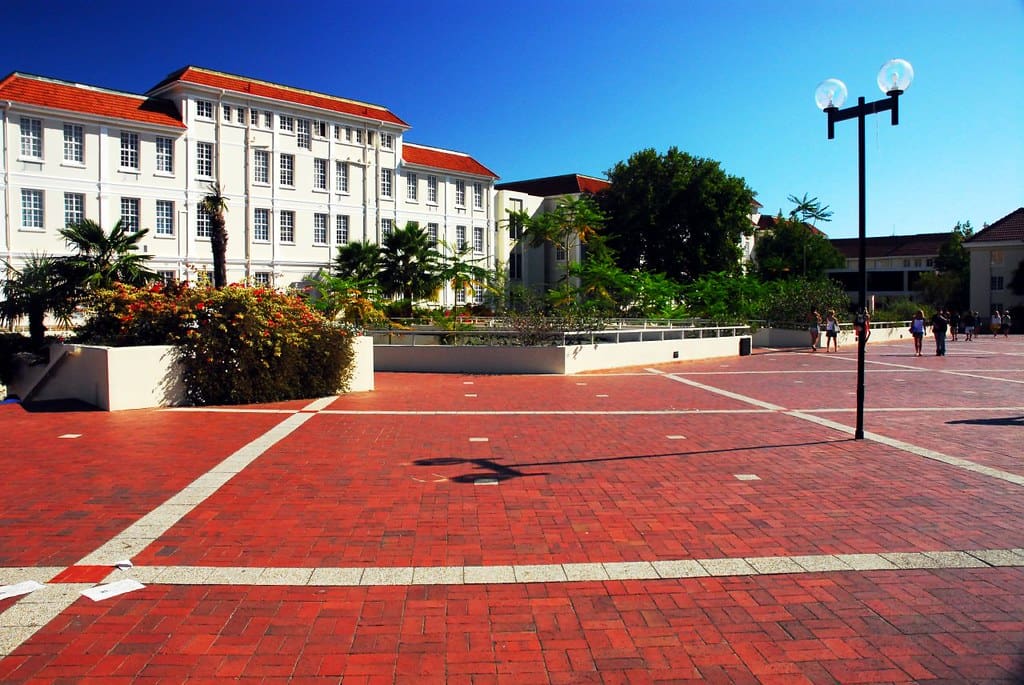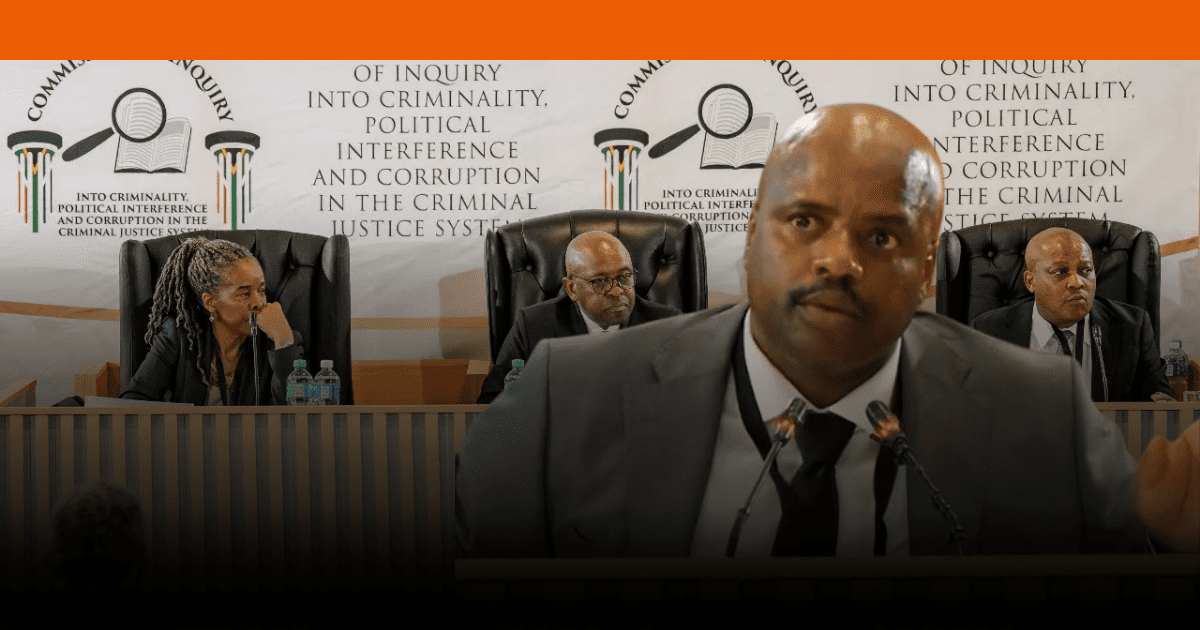The legacy of Stellenbosch University (SU) is entwined with a history of exclusion, racism and white male dominance.
While the University has been outspoken and seemingly proactive in recent years in its commitment to transformation, the recent discovery of “items” demonstrating the continued practice of harmful “initiation” within its oldest residence, Wilgenhof mens’ residence, suggests that transformation may remain illusive in parts of the University.
SU management conducted a surprise “audit” of the 120-year-old male residence earlier this week following the release of a 23-page document penned by a Wilgenhof resident who has since left the residence, according to a recent publication by New24’s Prega Govender.
The document detailed horrific instances of physical and psychological abuse and “initiation” inflicted on first-year residents by members of the “Nagligte”, a crude disciplinary committee composed of Wilgenhof residents.
“During the audit, staff came across items in two rooms at the residence that need to be considered to understand the nature and context thereof before a decision is taken as to what further steps are necessary, ” according to a statement released by SU. “A team of people will consider the items and make recommendations to the Executive Management regarding the appropriate next steps in dealing with this matter,” said Professor Deresh Ramjugernath, Deputy Vice Chancellor of Learning and Teaching.
These rooms, which contained depictions of male sexual assault, photographs depicting abuse and nudity and notebooks recording the names of residents who had been “punished”, have subsequently been described by former Wilgenof residents as “torture rooms,” according to New24’s publications.
In response to SU’s statement, The Wilgenhof Alumni Association insisted that the contents formed part of the residence’s history and had been preserved as such. The association proposed providing historical context, but concerns remain about more recent items and evidence of physical and psychological abuse found within the two rooms, indicating the continuation of the “traditional” “humiliation” practices in recent years.
These items include a photo of the 2021/2022 Wilgenhof “Nagligte” as well as an indemnity form signed in 2023 for “boot camp-style exercise programmes” that may lead to injuries “and possible death”.
The history of ‘Initiation’ practices and racism within SU’s residences have been a continued source of media attention and controversy in recent years.
Most recently, in May 2022, another of SU’s male residences, Huis Marais, was at the centre of racism allegations. This followed an incident where student Thenus Du Toit was filmed urinating on the belongings of a fellow student, Babalo Ndwayanda. Du Toit has since been expelled from the institution.
In response to the incident at Huis Marais, Vice Chancellor of SU Wim de Villiers launched a commission of inquiry headed by Justice Sisi Khampepe, following which a report was released in October 2022.
Within her report, Khampepe noted the persistence of “toxic and exclusionary culture in many of the residences and communities,” as well as incidents of racist behaviour experienced by students.
While the Khampepe report provided recommendations to address the concerning culture of toxic masculinity within some of SU’s male residences, including “leadership training and mentorship to assist [residences] in reforming the Community,” it was stressed that “ if [transformation] does not happen, it is unlikely that the University will be able to shed its historic scars, heal and grow into the national asset to which it aspires.”
Irrespective of this report, which was released over a year ago, the discovery of the incidents at Wilgenhof men’s residence and the continuation of their archaic traditions suggests that the deep-rooted issues of exclusion, racism, and toxic culture persist within certain corners of Stellenbosch University.

Image accreditation: Spencer on Flickr
- Staff Reporterhttps://explain.co.za/author/staff-reporter/
- Staff Reporterhttps://explain.co.za/author/staff-reporter/
- Staff Reporterhttps://explain.co.za/author/staff-reporter/
- Staff Reporterhttps://explain.co.za/author/staff-reporter/




